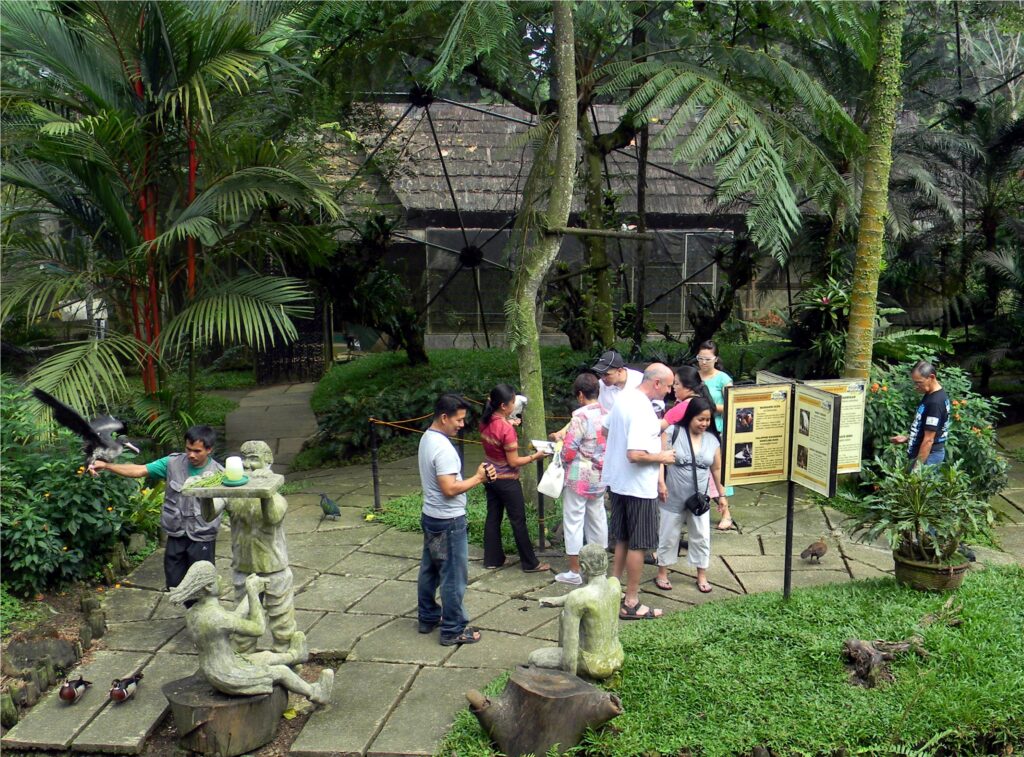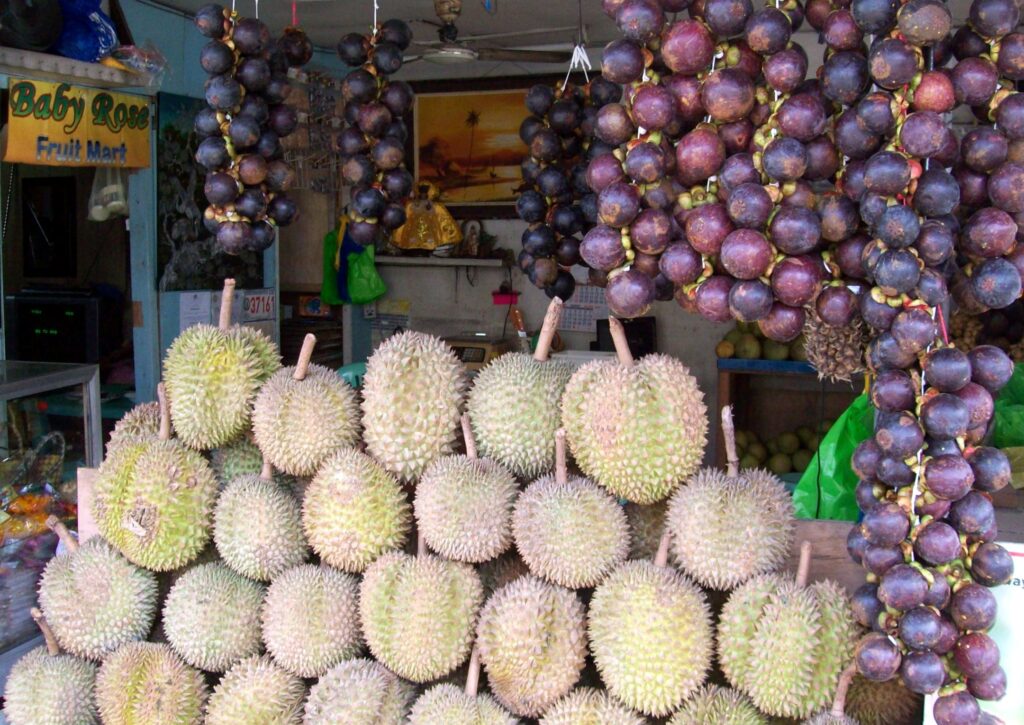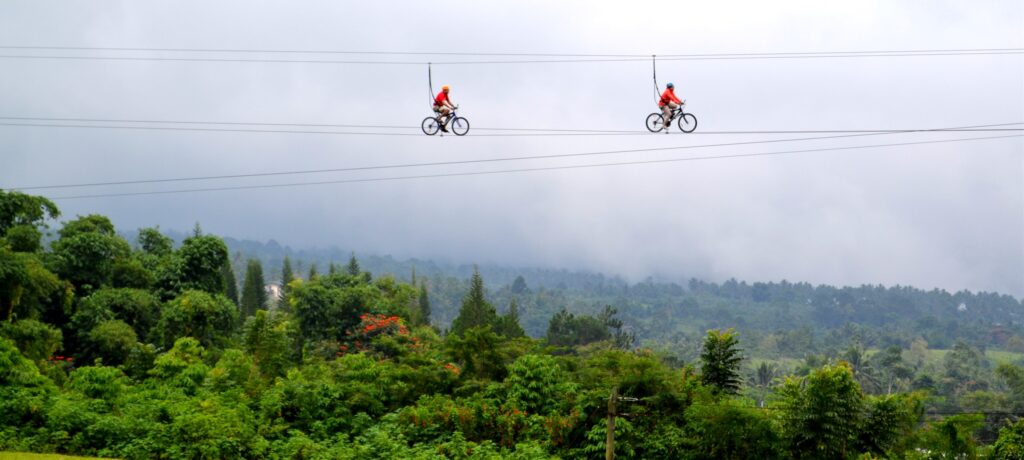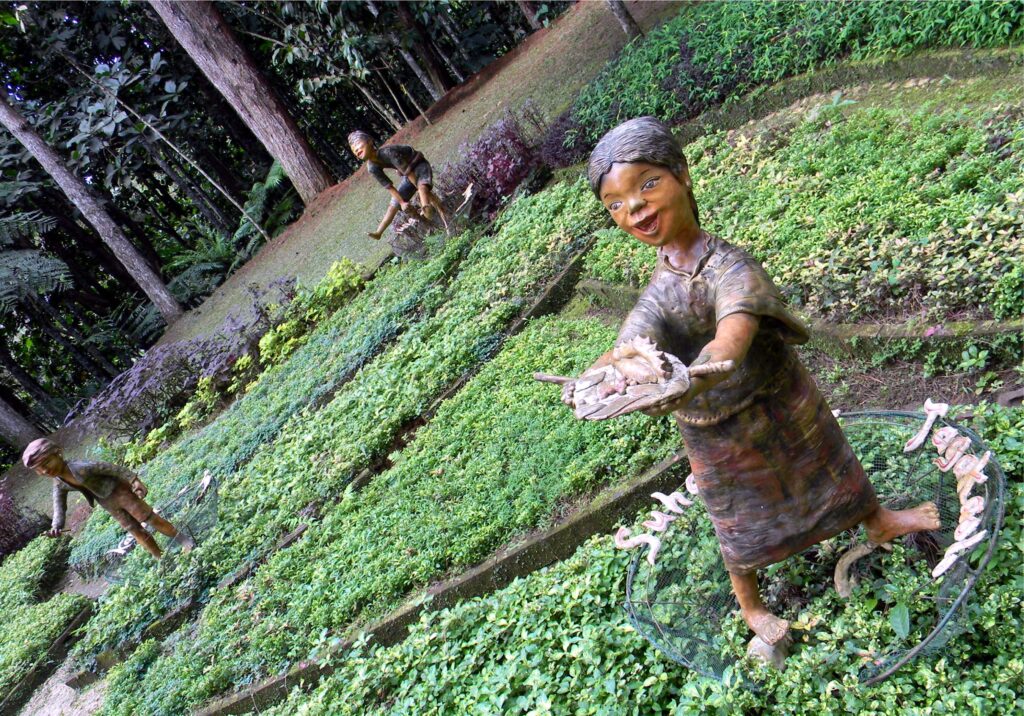Text and Photos by Henrylito D. Tacio
Here are some information – facts, trivia, fascinating and otherwise – you need to know about Davao City:
1. Davao City is a first-class, highly urbanized city geographically situated in the province of Davao del Sur.
2. The city has a total land area of 2,443.61 square kilometers, making it the largest city in the country in terms of land area.
3. It is the third-most populous city – after Quezon City and Manila. In the 2015 census, the city is home to 1,632,991 people.
4. It is approximately 946 kilometers southeast of Manila over land and 971 kilometers by sea.
5. The Davao River, the city’s primary drainage channel, has an area of over 1,700 square kilometers and has a length of 160 kilometers; it starts in the town of San Fernando, Bukidnon.
6. Davao has three congressional districts, which are subdivided into 11 administrative districts with a total of 182 barangays.
7. Mount Apo, the country’s highest peak, is partly located in Davao City. This dormant volcano has an elevation of 2,954 meters (9,692 feet).
8. The Philippine Eagle Center is located in Calinan District. It is home to Philippine Eagle, the country’s bird icon.
9. Waling-waling, a flower icon like the Sampaguita, abounds in Davao. It used to grow abundantly in the virgin forest of Mount Apo.

Close encounter with birds at Malagos Garden Resort 
Durian 
Davao City Hall
10. As durian is grown in various parts of the city, Davao has earned the sobriquet “Durian Capital of the Philippines.”
11. Davao City is known as the “Chocolate Capital of the Philippines.” Cacao City was launched by the government on October 2, 2017, in partnership with the Cacao Industry Development Association of Mindanao.
12. At least 80% of the total population are Roman Catholics.
13. It is the birthplace of the Restorationist Church Kingdom of Jesus Christ, which was founded by Apollo C. Quiboloy.
14. The word “Davao” is derived from the phonetic blending of three Bagobo subgroups’ names for the Davao River, a major waterway emptying into the Davao Gulf. The aboriginal Obos called the river Davah; the Clatta called it Dawaw, and the Tagabawas called it Dabo.
15. Before World War II, the city was developed as a Japanese colony, which owned extensive abaca plantations, but it was razed during the war.
16. Davao City was among the earliest to be occupied by Japanese forces during World War II.
17. The Battle of Davao, towards the end of World War II, was one of the longest and bloodiest battles during the Philippine Liberation and brought tremendous destruction to the city.
18. The rebuilt city after World War II is described by Encyclopedia Britannica as “an attractive blend of Spanish, American and Moorish influences.”
19. Davao City was founded on June 29, 1848. It became a chartered city on October 16, 1936, but entered into cityhood on March 16, 1937.
20. Don Jose Cruz de Oyanguren of Guipuzcoa, Spain, founded the city.
21. Davao City’s Chinatown is said to be the country’s biggest in terms of land area.
22. Currently, the city mayor is Sara Z. Duterte-Carpio, more popularly known as Inday Sara. The vice mayor is her younger brother, Sebastian Z. Duterte.
23. The three congressmen from Davao are as follows: Paolo Z. Duterte, First District; Vincent J. Garcia, Second District; and Isidro T. Ungab, Third District.
24. Bisaya is the native language used. Tagalog and English are also widely used and understood by the people.
25. Davao is part of the East Asian Growth Area, a regional economic cooperation initiative in Southeast Asia. Aside from the Philippines, members include Brunei, Indonesia, and Malaysia.
26. For consecutive years (2016 and 2017), Davao City was among the local government units awarded with a “Seal of Good Local Governance” by the Department of Interior and Local Government.
27. Agriculture is the largest economic sector. Davao is Mindanao’s biggest exporter of fruits such as bananas, mangoes, pomelos, pineapples, papaya, and mangosteen.
28. As an international port, Davao City ships large quantities of abaca, a natural fiber that is the main product grown in the adjacent agricultural hinterlands.
29. Phoenix Petroleum is a multinational company based in Davao City and is the first company based outside Metro Manila to be in the PSE Composite Index.
30. BDO Network Bank (formerly known as One Network Bank) is based in Davao City and is the largest rural bank in the Philippines in terms of assets.
31. Davao City, which values the importance of its strong relationship with different cities globally, is the first in the entire country to launch its roadmap.
32. Smoking is banned throughout the city, except in a few designated areas. Liquor cannot be sold after 1 am.
33. Davao City is one of the two cities in the Philippines (the other is Kidapawan City), which uses 911 to be dialed by residents in case of emergency.
34. At the heart of the city, among the tourist attractions are People’s Park, Museo Dabawenyo, D’Bone Collector Museum, and San Pedro Cathedral.
35. Outside the city proper, the places you can visit are as follows: Eden Nature Park, Malagos Garden Resort, Philippine Eagle Center, Davao Crocodile Park, Outland Adventure, Davao Wild Water Adventure, GAP Farm, and Japanese Tunnel.
36. Among the places you can stay in Davao are Marco Polo Davao, Waterfront Insular Hotel, Acacia Hotel, Dusit Thani, Park Inn by Radissons, Seda Abreeza Hotel, Panorama Hotel, Madeline Hotel, Grand Regal Hotel, Mandaya Hotel, Apo View Hotel, The Pinnacle Hotel, Grand Men Seng Hotel, Hotel Tropika Davao, and Red Planet Davao, among a hundred others.
37. If you’re looking for something to eat, go to these places: Bondi&Bourke Davao, Bon Appetit! La Boutique, Cafe Antoccino, Davao Lounge, Lachi’s, Itallianis, Yolks, Fat Cow, Asian Cow, and Jack’s Ridge.
38. Kadayawan sa Dabaw is celebrated during the month of August! The festivity is structured as “the celebration of life, a thanksgiving for the gifts of nature, the wealth of culture, and bounties of harvest and serenity of living.”
39. In 1969, the Davao City government – then the leadership of Mayor Elias B. Lopez – launched the Datu Bago Awards. It is touted to be the highest recognition bestowed on a resident “who has contributed to the development of the City of Davao with exemplary competence and dedication and who best serves as a model of excellence and as an inspiration to the residents of Davao.”
40. Davao City’s slogan is: “Life is Here.”



